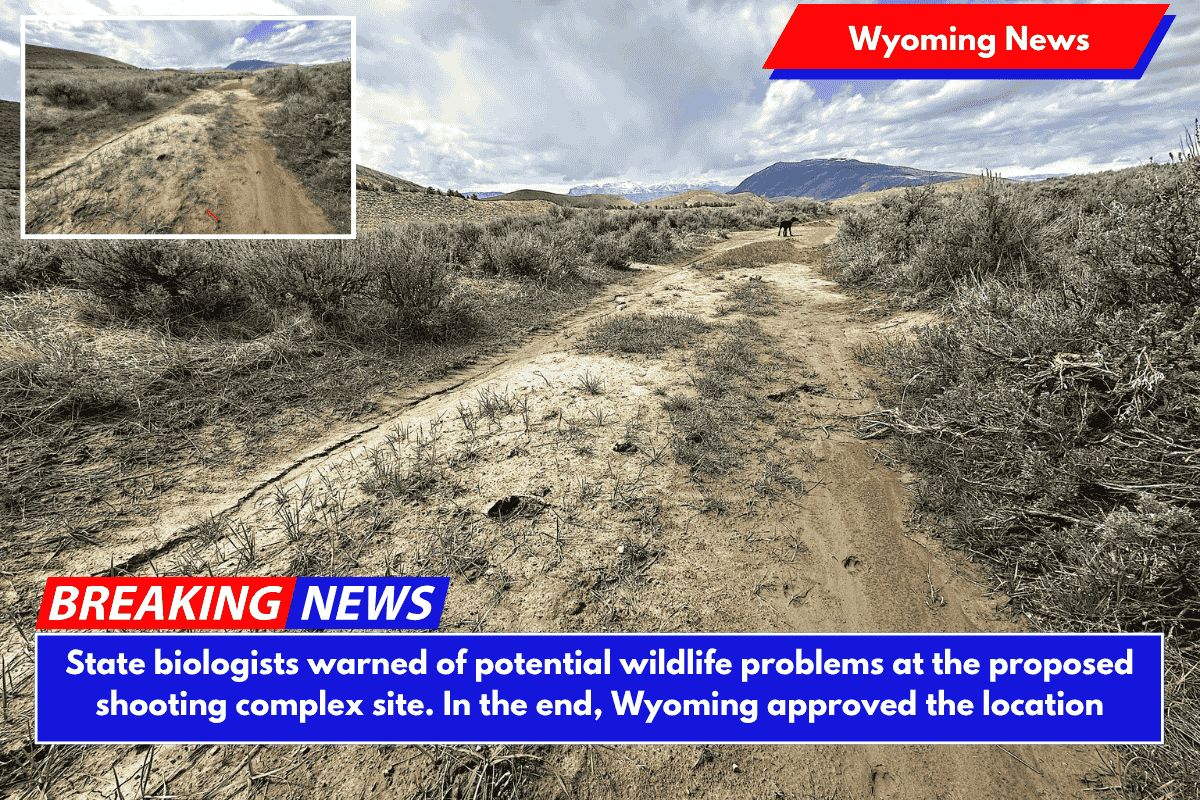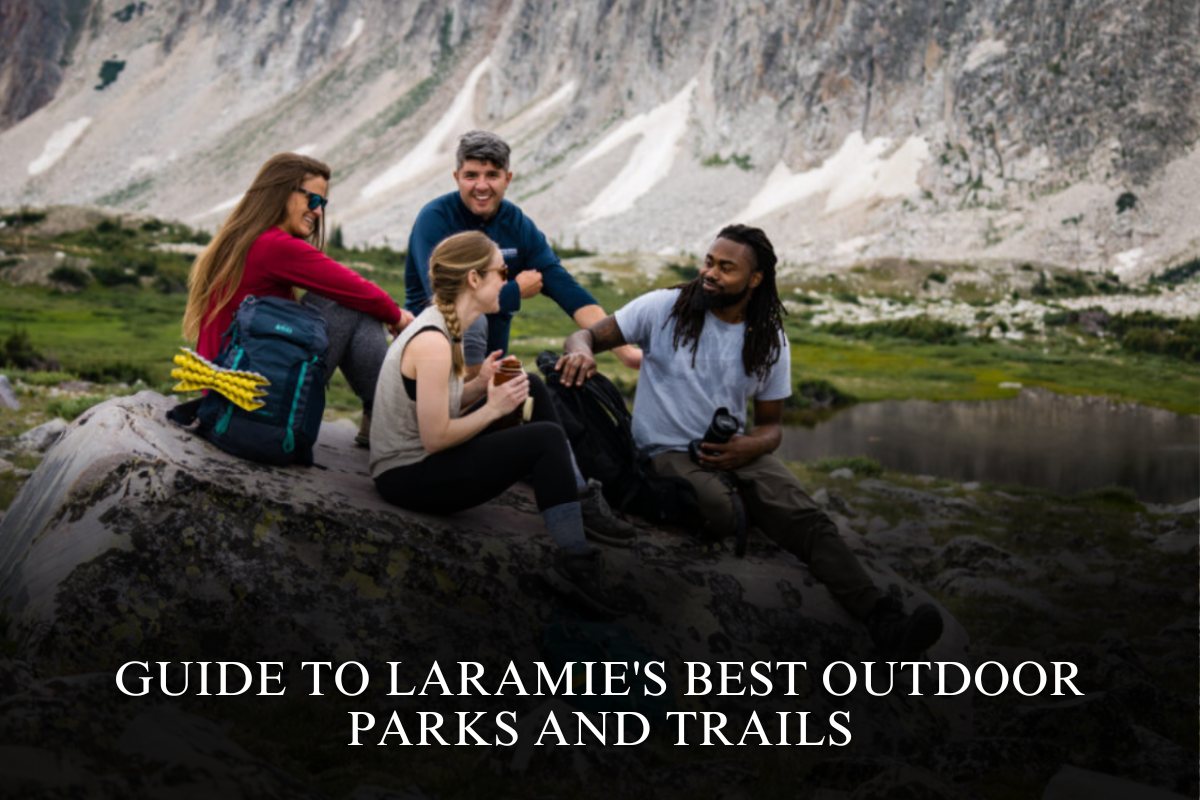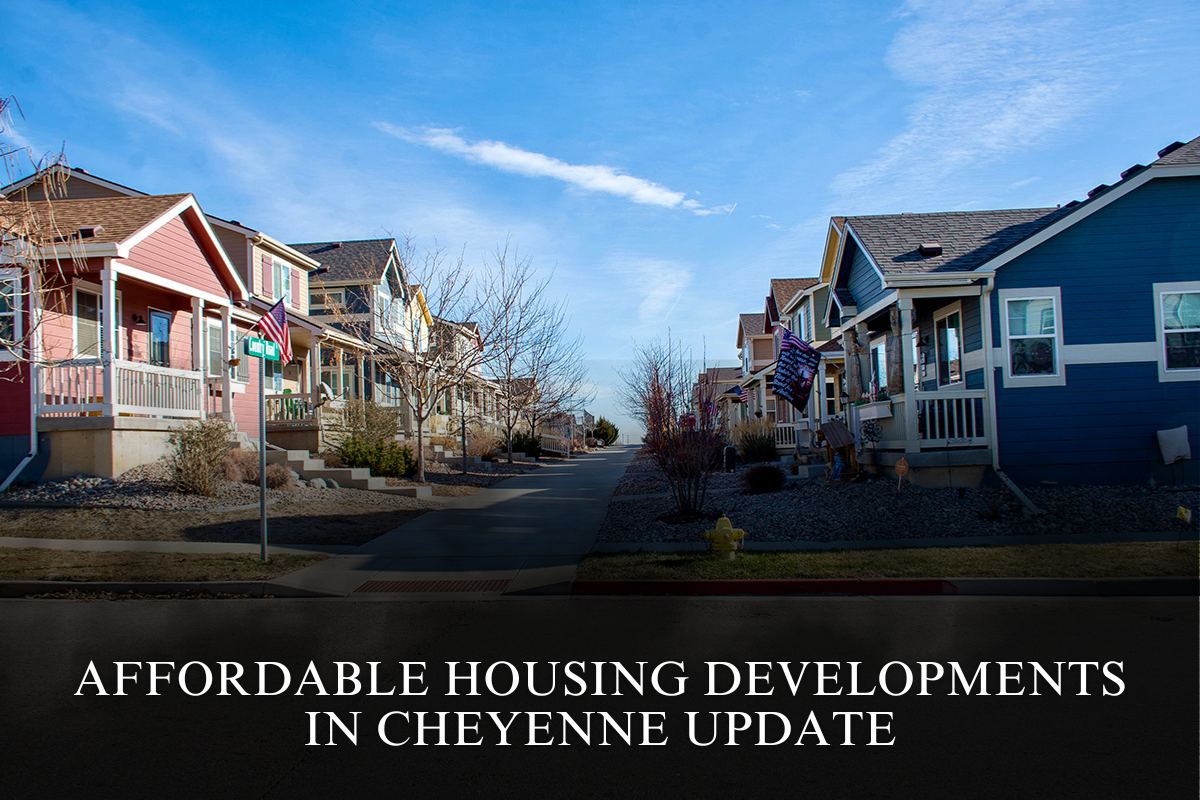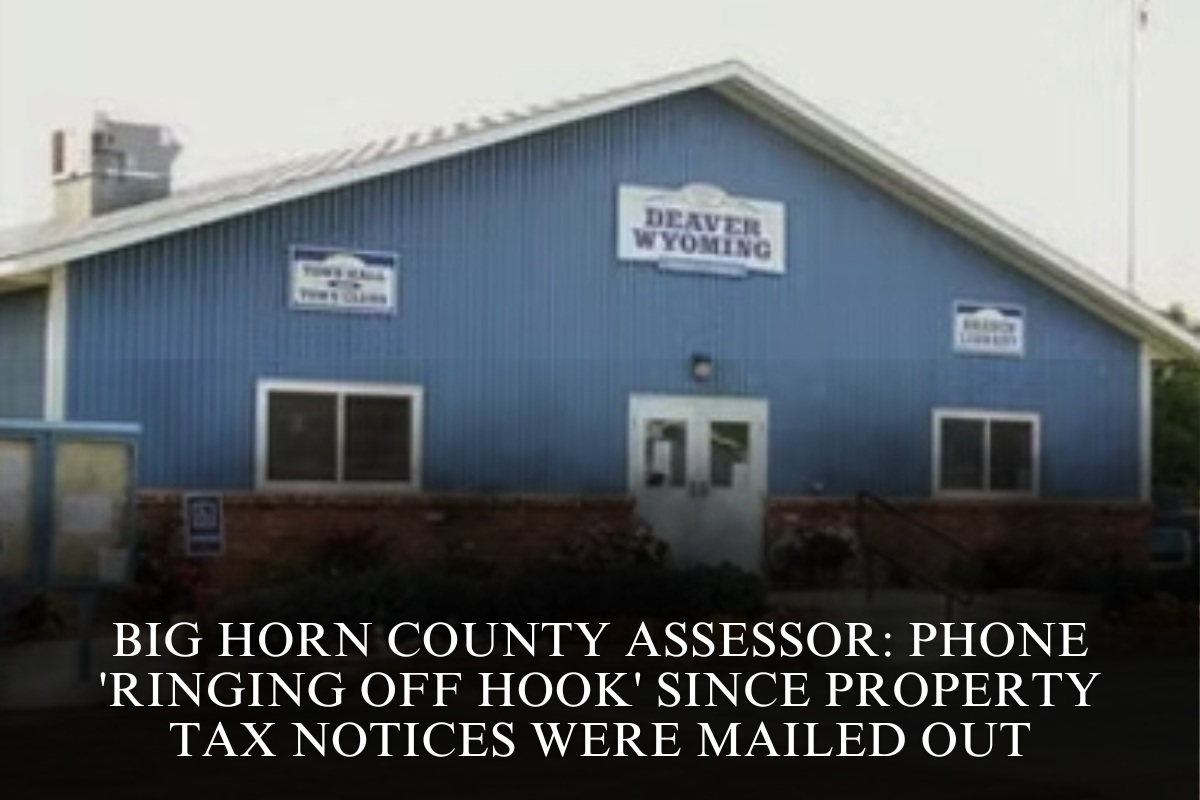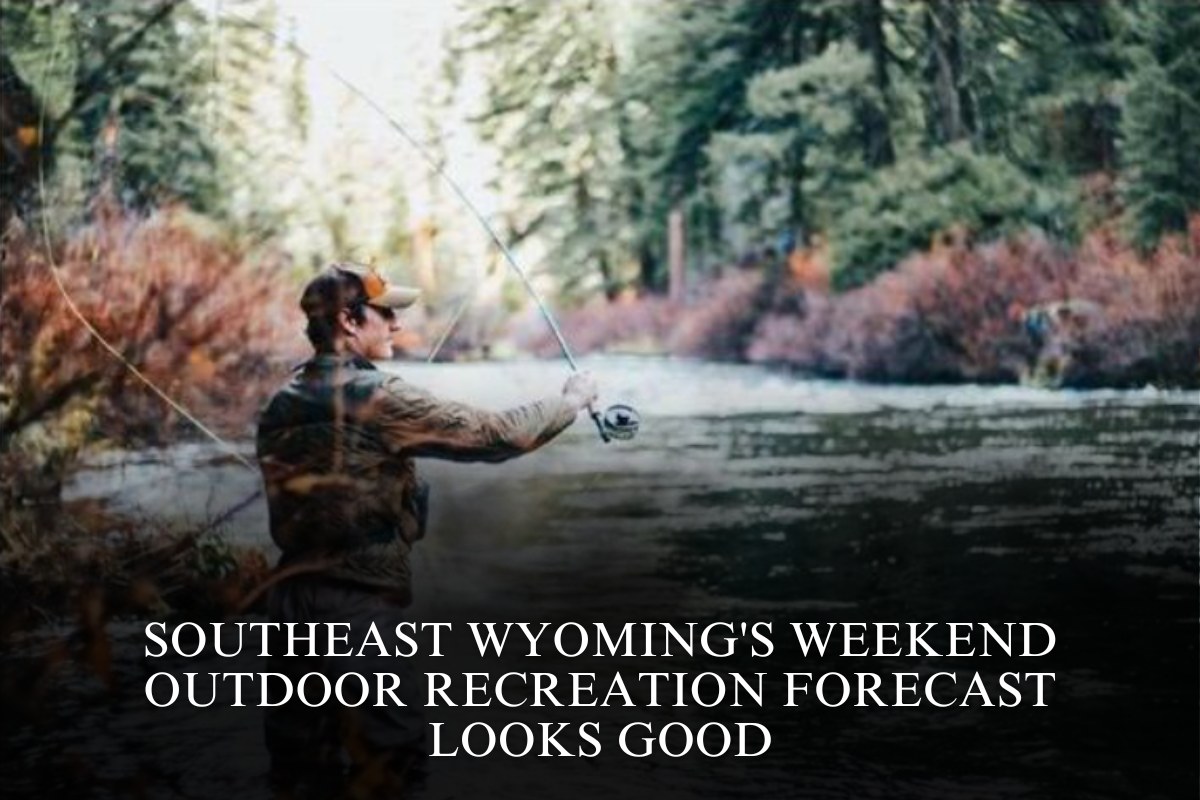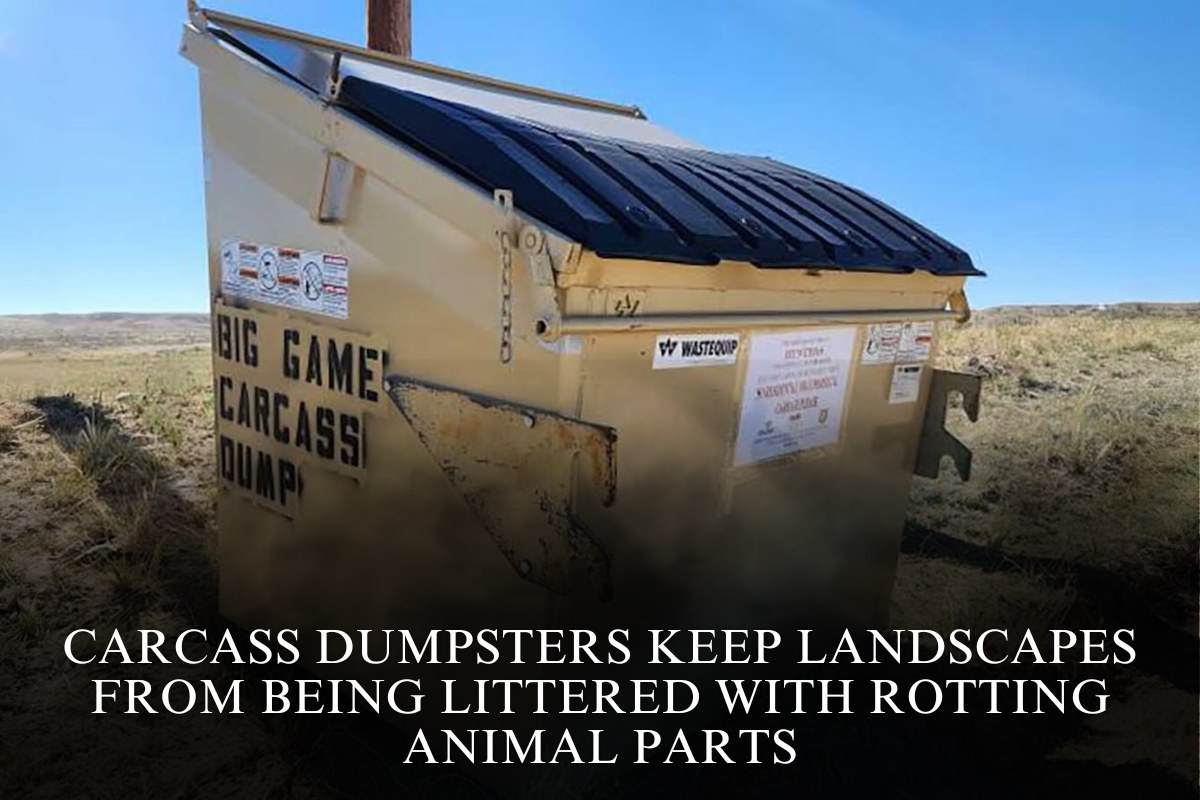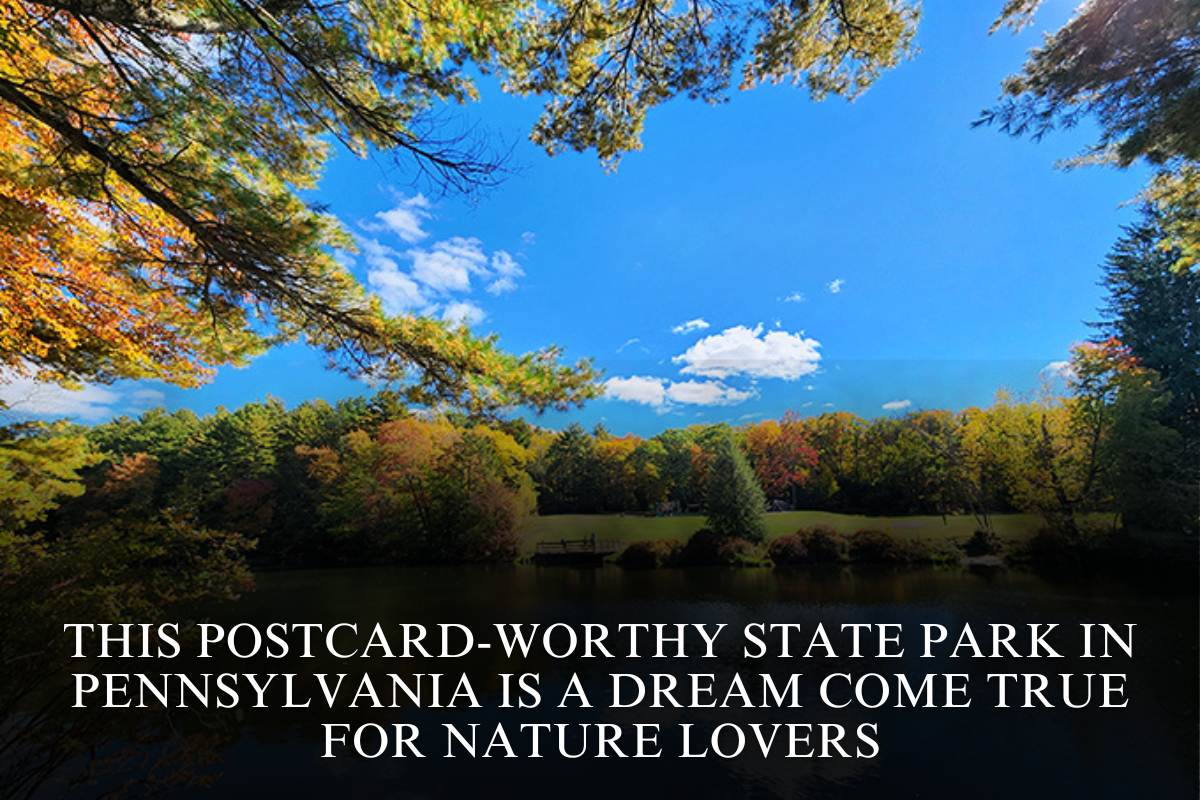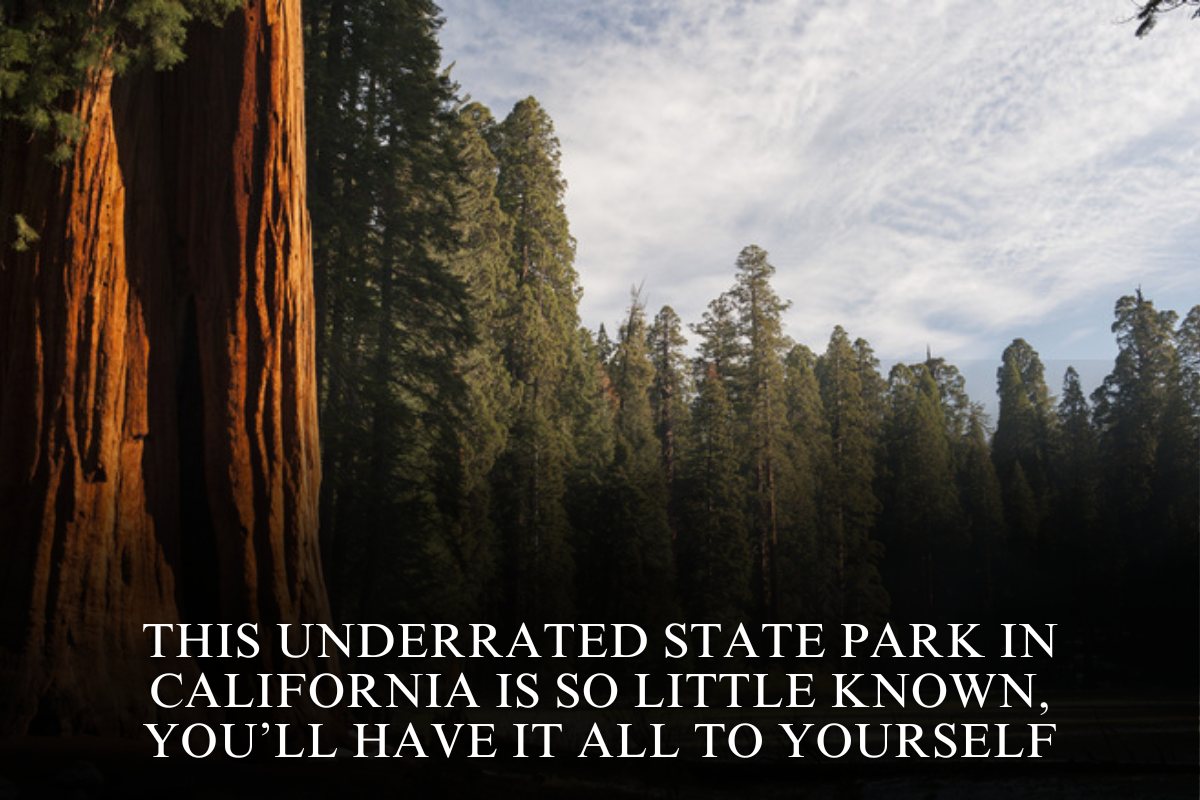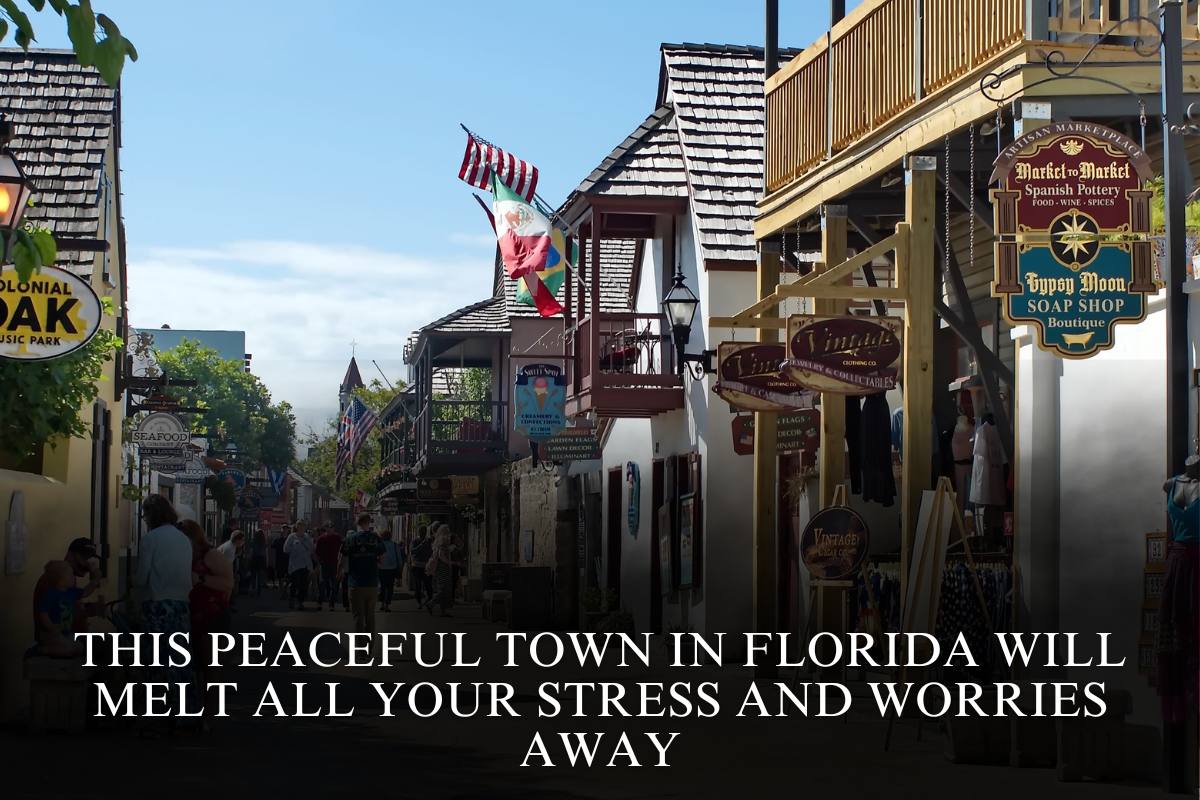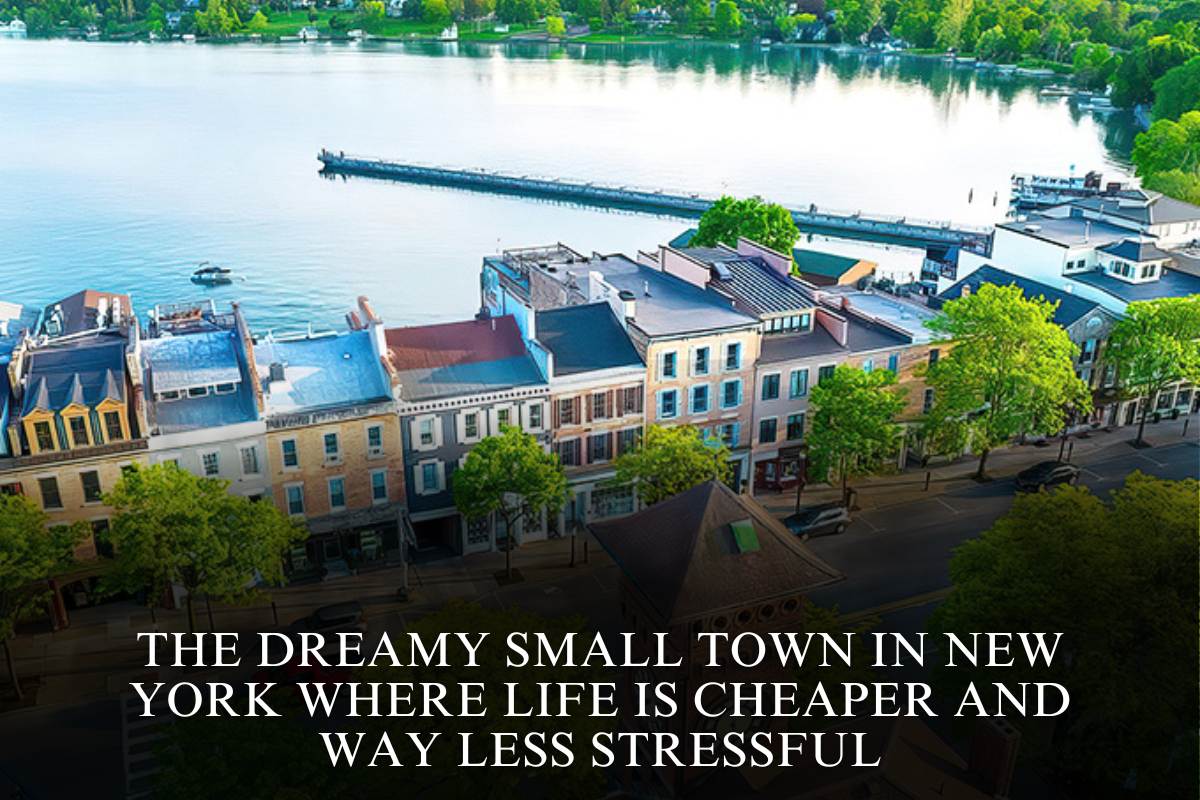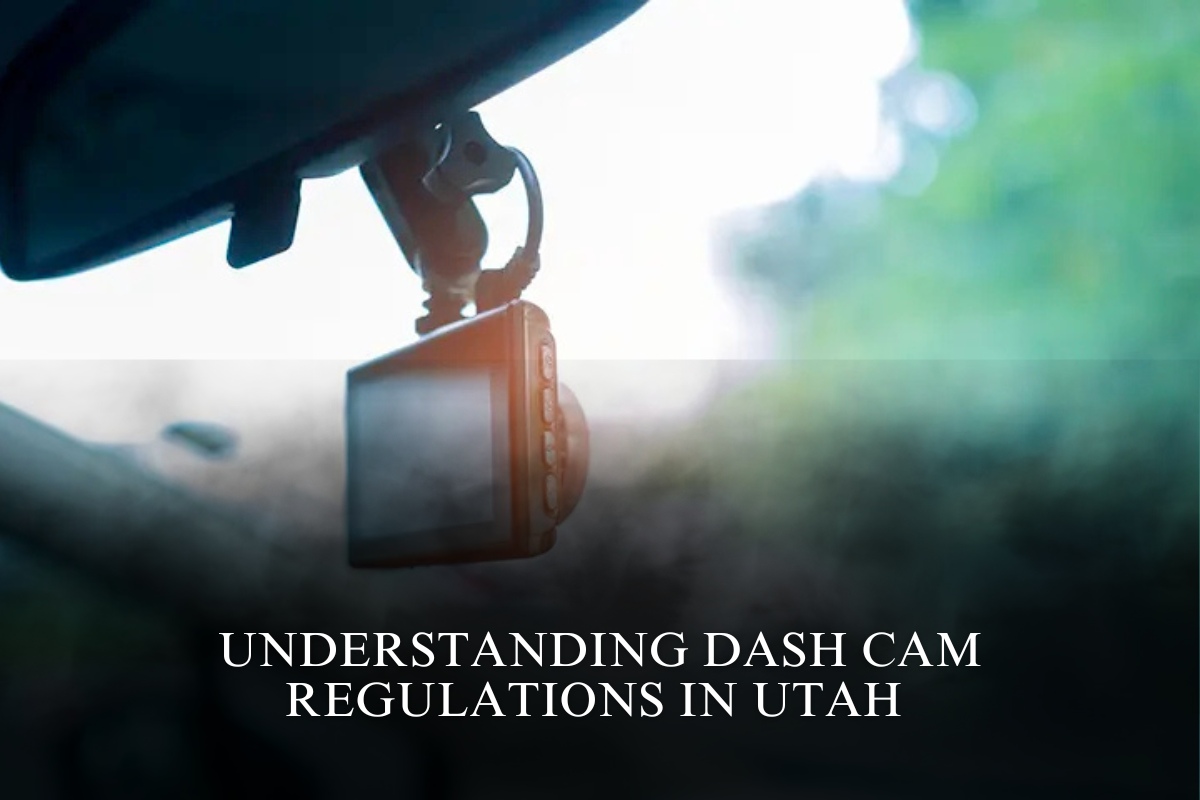When a task force of lawmakers and appointed citizens decided last summer where to locate a state-funded destination shooting facility, they settled on a picturesque 3-square-mile tract of state land nestled in the Absaroka Range foothills. Their reasoning, in part, was that the location evoked wild Wyoming.
The area is home to a variety of wildlife, including elk, mule deer, pronghorn, and sage grouse. It offers breathtaking views of high peaks leading to the Yellowstone plateau and, to the east, the Bighorn Basin. Sulphur Creek bisects the site, which feels remote despite being only an 8-mile drive from Cody.
Those same characteristics concerned Wyoming’s wildlife managers, according to an agency review of the proposal obtained by WyoFile via a Wyoming Public Records Act request.
Seven days before the 12-member task force voted 8-4 in favor of the location, the Wyoming Game and Fish Department issued a memo essentially recommending that the complex relocate.
Habitat Protection Supervisor Will Schultz specifically requested that it be relocated away from “core” sage grouse habitat and “crucial” range for struggling mule deer, which showed “high use” of the site throughout the year, according to GPS collar data.
Pronghorn and elk also used the 2,036-acre property, which is being developed into a world-class shooting operation that will attract gun enthusiasts from all over.

“Ground-disturbing activities and extensive human presence can result in the disturbance or displacement of wintering big game and loss of habitat, potentially impacting the viability of local populations,” according to the letter written by Schultz on July 15, 2024.
One week later, the state agency’s concerns were raised as the task force voted.
“Is this cleared for that wildlife aspect?” Republican Representative Pepper Ottman of Riverton asked her colleagues. “It appears that is still a concern. What would that look like to alleviate your concern? I am not sure. That is a grave concern.”
Nobody tried to answer the questions.
‘of grave concern’
Ottman, who is no longer on the task force, voted with the minority for the second-place site near Gillette. In an interview with WyoFile, she explained that she inquired about wildlife concerns in order to get ahead of them — and that she wants the Wyoming State Shooting Complex to succeed.
“I’m going to support the decisions that were made,” he said.
Other than Ottman, no one, including the agency, raised Game and Fish’s wildlife concerns about the Cody site with the task force. The state agency’s review of the alternative Campbell County site, which detailed far fewer wildlife concerns, received little attention during the debate.
There has been little to no public discussion of requests to avoid the critical mule deer range and the Oregon Basin sage grouse core area, or any other wildlife-friendly guidance issued for the Park County shooting complex site, where construction crews could begin as early as July.
Greg Mayton, a Powell resident who worked for Wyoming Game and Fish for 14 years, claims that wildlife concerns were minimized due to a “top-down push” that kept the agency’s Cody Region personnel quiet.
“It wouldn’t look good,” Mayton replied, “if Game and Fish was against this site.”
WyoFile’s attempts to speak with regional personnel were unsuccessful; an in-person inquiry at the Cody office in early May resulted in a phone call from the agency’s Cheyenne headquarters.
Mayton, an avid hunter, is one of the few Park County residents who have spoken out against the shooting complex.
The former aquatic invasive species biologist has spent plenty of time hunting elk and mule deer and looking for shed antlers on the chosen state land, which borders a much larger expanse of Bureau of Land Management property west of Highway 120 between Cody and Meeteetse.
He believes that local residents are being forced to unfairly subsidize a commercial enterprise that they may not even want.
“We have to pay for it three times,” Mayton explained. “Through county money I’m paying to build the road, through Game and Fish dollars, and then through all the state tax dollars.”
Wildlife managers were more vocal about their concerns earlier in the Park County site-selection process, according to Andy Quick, a former Cody town council member.
“They were going to pursue a different area north of town [near Skull Creek] that was really a bad idea,” Quick told me. “That was a designated elk birthing area. “Game and Fish was a little more vocal about that one.”

Quick, like Mayton, is opposed to the planned commercial operation, which received $10 million in funding from the Wyoming Legislature last session. The allocation necessitated some last-minute maneuvering after the supplemental budget, which included funding for the complex, unexpectedly expired.
“It’s just going to fracture more habitat and it’s just one more step in the wrong direction, as far as I’m concerned,” Quick told WyoFile on Wednesday. “I believe that recreational and hunting activities will suffer as well. I’m aware that state land can be managed as if it were private land, which is inherently problematic.
“It’s just going to fracture more habitat and it’s just one more step in the wrong direction.”Andy quick
There have been several more visible scuffles recently over industrial and commercial use of state lands. These include opposition to a gravel pit just outside of Casper, a lawsuit over a commercial wind farm in Converse County, and a fight over a glamping operation at the foot of the Tetons, which has sparked calls for reform and potentially legislation.
So far, the Wyoming State Shooting Complex has generated relatively little public controversy. Quick, the former Cody town councilor, stated that he was in the minority among local elected officials.
“I was probably the only one that was against it,” he told me.
A defense
Former Park County Commissioner Lee Livingston, who works as a big game outfitter, spearheaded the project. He helped shepherd it through the county board and was a member of the county working group that created a 241-page proposal for a complex south of Cody. Livingston informed WyoFile in May that Game and Fish had given the location the “green light.”
“I think anywhere in Wyoming, you can call it habitat,” Livingston explained. “Overall, I think it’s probably about the best location it can be in that Cody area.”
Other project proponents made similar claims. According to Nephi Cole, a Sheridan-based lobbyist for the National Shooting Sports Foundation, it is difficult to find a location in Wyoming that does not have wildlife impacts.
He also expressed hope that species would adapt to the gunfire, infrastructure, and human activity that will soon be introduced to the Absaroka foothills.
“Other large ranges, they’re typically fairly non-invasive, believe it or not, for wildlife,” he said. “They become accustomed to it and don’t see it as a hindrance.
You end up with deer, antelope, and elk all over the range, to the point where you have to move them for competitions to ensure they are not near targets.”
Baggs Republican Sen. Larry Hicks, whose 2023 legislation spearheaded state planning and funding for a Wyoming State Shooting Complex, said he has seen the balance of wildlife and recreational shooting at Colorado’s Cameo Shooting Complex.
“They got bighorn sheep, mule deer on the shooting range,” Hicks told me. “Chukars all over the place.”
Hicks expects something similar in Park County. Long-range shooting on the state site’s west end, with mile-long targets planned, “probably going to have almost no impact” on wildlife, he said.
“That’s not going to be an everyday, ongoing type of activity,” he informed me. “Seasonal usage makes a difference. We can work around some of this simply by scheduling events. We need to put together a mitigation plan.”
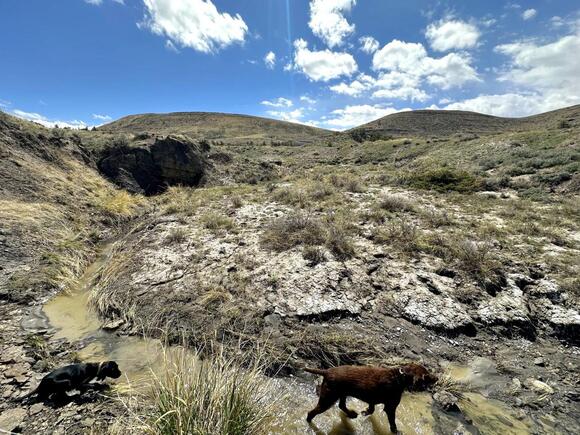
According to Glenn Ross, chair of the Wyoming State Shooting Complex Joint Powers Board, Wyoming’s concerns about wildlife impacts have been taken into account throughout the planning process.
“Our planning with our site has been making every attempt to be wildlife friendly,” Ross revealed to WyoFile.
In a follow-up email, he stated that wildlife impacts were a “primary consideration” in selecting the southern Park County site for the local working group’s formal application to the state in June 2024. The proposal does include some wildlife-related plans.
Core sage grouse habitat, covering about a square mile of the site, would receive “minimum development” to avoid exceeding Wyoming’s 5% threshold for the bird, which is particularly sensitive to noise.
Mule deer, whose designated “crucial” range spans nearly the entire 2,036-acre site, would be accommodated by adjusting management west of a ridgeline during the winter, “minimizing the overall impact.”
“Mule deer, while quite adaptable to human presence, still require areas of shelter and forage during the critical winter months,” Park County’s application stated.
Elk and pronghorn would be encouraged to stay put. “Because having these species on site can be of tremendous value to our customers, the complex will recognize that value and work to operate the facility in harmony with these species,” according to the plans.
Next steps are unclear.
A month before the likely groundbreaking — Ross expects to receive the $10 million authorized by the Legislature in July — it is unclear what will be required to minimize wildlife harm along the Absaroka front.
Despite being printed on Wyoming Game and Fish Department letterhead and addressed to an outside legislative task force, the wildlife managers’ site review of the Park County location was labeled as “internal department correspondence” when WyoFile obtained it through a records request. It is not considered a “official project letter,” according to Game and Fish officials.
“We have not submitted any formal comments on the Cody shooting complex,” Wyoming Game and Fish Chief Warden Dan Smith informed WyoFile. “And we haven’t been requested for any [comments].”
He stated that the Office of State Lands and Investments will decide whether Game and Fish will provide formal comments.
“It’s up to them,” Smith explained, “whether they request us to make comments on their project.”
The Wyoming State Shooting Complex will be located on state trust land, so the Office of State Lands and Investments is in charge of permitting. According to Melissa DeFrantis, a public information officer for the state agency, the Cody complex has already received approval from its oversight board, the State Board of Land Commissioners.
“They’ve approved going ahead with it,” DeFrantis stated. “We will take the lease to them once it’s complete.”
Wyoming’s State Board of Land Commissioners is made up of five statewide elected officials: Governor Mark Gordon, Superintendent of Public Instruction Megan Degenfelder, Secretary of State Chuck Gray, Treasurer Curt Meier, and Auditor Kristi Racines.
DeFrantis stated that until the board approves the lease, the draft version and its contents, such as wildlife stipulations, are not considered public information.
“We don’t know what the negotiations may be,” she told me. “A draft, it really wouldn’t benefit you right now.”
The Office of State Lands and Investments had a different understanding of what constitutes a formal Wyoming Game and Fish Department project letter. DeFrantis explained that these are typically prepared as a default for state land leases.
However, DeFrantis said she was unsure whether Game and Fish would formally review the lease for the Wyoming State Shooting Complex near Cody.
“I can’t say, I’m not drafting the lease,” she informed me. “But I can say that that’s generally the process, and I don’t know why we would avoid that.”
Cody Booth, the project manager at the Office of State Lands and Investment, did not return a phone call requesting an interview.
If Wyoming Game and Fish conducts a formal review and the requested stipulations align with their existing site review, the Wyoming State Shooting Complex may face significant construction and operational restrictions.
According to Game and Fish, construction and development should not take place between March 15 and June 30 in the core sage grouse area or within 2 miles of a nearby non-core area lek, as the project is not being relocated.
Furthermore, Game and Fish requested that proponents of the shooting complex create “a noise mitigation plan” to ensure that gunfire does not disrupt an occupied core-area lek three-quarters of a mile south of the complex.
“Research has indicated that the declines in male lek attendance in response to increased noise are immediate and sustained,” the state’s letter said. “Further, sage grouse do not appear to habituate to increased noise levels over time.”
The Upper Shoshone Mule Deer Herd’s critical year-round range may have an even greater impact on complex shooting operations if requested wildlife stipulations are followed. The herd struggled mightily: According to the most recent Game and Fish assessment, the herd’s estimated population of 6,850 deer is less than 40% of its target of 12,000 animals.
Because the complex was not relocated outside the “crucial” deer range, which spanned almost the entire site, Game and Fish instructed residents to “avoid ground-disturbing activities and extensive human presence” from November 15 to April 30. In other words, mule deer-friendly practices have the potential to close the destination shooting complex for nearly six months of the year.
